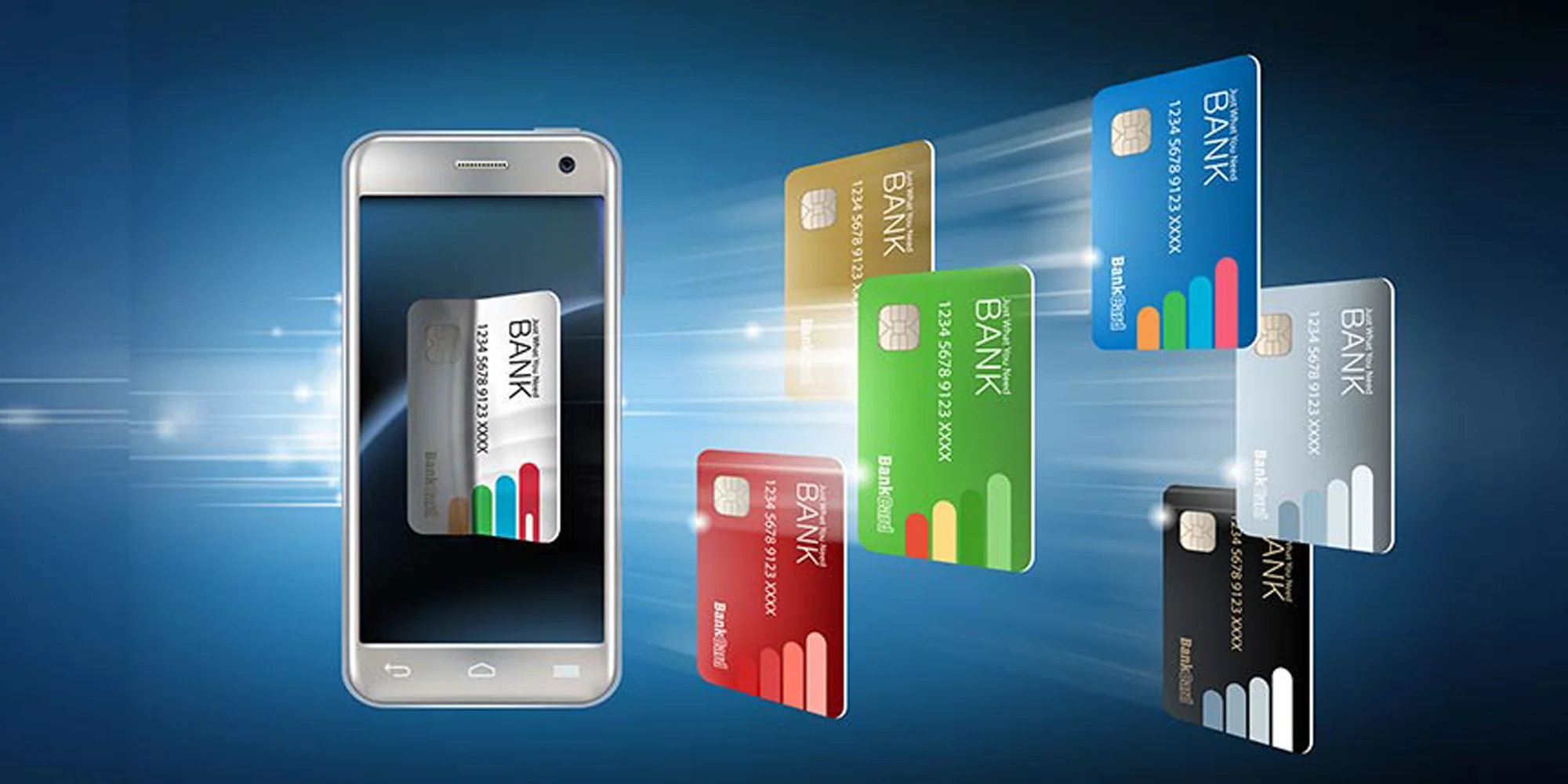
Published on
October 18, 2023
In this article
Next-Gen Finance With 7 Exciting Fintech Innovations in 2024
In this article
Introduction
FinTech is at the forefront of modern technological developments. With the FinTech space being worth over $179 billion, startups and innovators are all finding the next big thing in finance and banking. This article goes over 7 of those FinTech innovations in 2024.
Some of these innovations build upon existing trends that we’re seeing in the finance industry while some are completely revolutionary. That being said, here’s the list:
1. Open Banking
A modern consumer in 2023 likes full control over their finances and banking. This includes payments, checking their credit scores, applying for loans, etc. FinTech startups are working on unique solutions to enable innovative experiences for these consumers. This is only possible thanks to open banking.
Open banking is a FinTech practice where banks and finance institutes grant third-party providers access to consumer data. This data may or may not include the user’s account details, transaction history, spending habits, credit scores, etc. Using this data, third-party providers enable unique finance applications that offer unique solutions for users. Since open banking involves sharing user data, the users have to consent to it.
This growing FinTech innovation is helping the industry by supporting new companies while providing better services to consumers. As a result of this, the value of open banking transactions worldwide reached $57 billion in 2023. Furthermore, experts believe it will grow even more in the coming years.
2. Blockchain Applications
Cryptocurrency and blockchain have become highly controversial things to talk about these days. Some people are pro-crypto and will give you examples of people who’ve become rich overnight thanks to crypto-trading. While others who don’t like it will explain the absurdity of these currencies.
Regardless of your opinion on cryptocurrency, blockchain has huge potential to improve FinTech as it’s doing already. The blockchain enables distributed ledger technology (DLT) that allows you to record and share data across multiple data stores. Furthermore, blockchain enables other recent FinTech innovations like digital wallets, digital assets, decentralized finance (DeFi), and non-fungible tokens (NFT).
Things like smart contracts, digital wallets, and the blockchain make cross-border payments have faster settlement times, access to newer markets, lower costs, increased security, and greater transparency compared to traditional payment methods.
3. Voice-Enabled Payments
Voice assistants are becoming a part of daily lives. Regardless of the brand of your smartphone, there will be a smart assistant to help you navigate the phone and the web. Voice-enabled payments is a FinTech innovation that allows users to make payments using voice commands. This can be done through a variety of devices, such as smartphones, smart speakers, and even point-of-sale (POS) systems.
To make a voice-enabled payment, you need to have a linked payment method, such as a credit or debit card, or a mobile wallet. When you initiate a payment, the voice assistant will verify and authenticate it using your linked payment method.
Voice-enabled payments offer a number of benefits to both users and merchants. For users, voice-enabled payments are convenient and hands-free. They can be made without having to type or enter any information, which can be especially useful when users are multitasking or in situations where they cannot use their hands, such as when driving or cooking. Voice-enabled payments can also be more secure than traditional payment methods, such as credit cards, as they use biometric authentication to verify the user’s identity.
For merchants, voice-enabled payments can help to improve the customer experience and increase sales. They can also help to reduce fraud and improve operational efficiency.
4. Virtual/Online Cards
Cashless payments have been the primary mode of transaction for consumers. It is by and large better, faster, and easier than handing over cash. Some primary modes of cashless payments include online payments, debit cards, and credit cards.

The use of virtual cards is an emerging FinTech innovation that is making it easier for consumers to apply for new cards and use them conveniently. Since online shopping has become common, users relying on it completely don’t need to use their physical cards at all. Which begs the question, what if new users don’t ever need a physical card?
Virtual cards bring more to the table than just the convenience of applying and using them. They’re great for protection against fraud by limiting the amount of information shared during a transaction. They also offer spending control features like setting amount limits and choosing specific vendors only. As online shopping becomes even more mainstream than it already is, virtual cards will become better.
5. Robotic Process Automation
Automation is a major trend this decade in every industry. Businesses want to maximize efficiency and reduce labor costs using automation in every possible part of the process. Robotic Process Automation (RTA) uses AI, computers, or any machine to perform specific tasks. These tasks can range from copy and paste to filling or moving forms.
Now, this isn’t exactly a ground-breaking FinTech innovation. However, it solves mundane problems and improves general tasks. In FinTech, RPA promises to improve customer experience, increase productivity, and make the accounting process better.
Some other important applications of RPA are KYC and AML procedures where RPA automates manual tasks and helps with abnormal activity detection. It also supports banks with tedious processes like mortgage lending and loan underwriting.
Some people fear that RPA is a major threat to many jobs. That concern has its merits but the fact remains; If banks and finance institutions want to offer better customer services, they need RPA in some capacity.
6. Machine learning and AI
Machine learning (ML) and Artificial Intelligence (AI) are two of the most transformative technologies of our time, and they are having a major impact on the FinTech industry.
ML and AI are being used to develop new and innovative financial products and services, as well as to improve the efficiency and security of existing financial systems. Here are a few specific examples:
- Fraud detection: It helps you analyze large amounts of data to identify patterns and anomalies that may indicate fraud. This can help banks and other financial institutions to detect and prevent fraud more effectively.
- Credit scoring: It helps you develop more accurate and predictive credit scoring models. This can help lenders to make more informed lending decisions and reduce the risk of defaults.
- Investment management: Access robo-advisors and other investment management tools that can help investors to make better investment decisions.
- Risk management: Develop more sophisticated risk management models. Sara Qazi can help financial institutions to better manage their risk and protect their customers.
In addition to these specific examples, AI in banking is also being used to improve the customer experience in a variety of ways. For example, they can be used to develop chatbots that can answer customer questions and provide support 24/7. AI can also be used to personalize the customer experience by recommending products and services that are relevant to each individual customer.
7. Mobile-Only Banks
Mobile-only banks are a type of fintech innovation that has revolutionized the way people bank. These banks operate exclusively through mobile apps, offering a convenient and affordable way to manage finances without having to visit a physical branch. They offer a wide range of banking services, including checking and savings accounts, debit cards, loans, and investment products. They also typically offer features that are not available at traditional banks, such as mobile check deposits, peer-to-peer payments, and budgeting tools.
One of the biggest advantages of mobile-only banks is their convenience. Customers can bank from anywhere, at any time, with just a few taps on their smartphone. This is especially appealing to younger generations who are increasingly using their smartphones for all aspects of their lives.
Another advantage of mobile-only banks is their affordability. Because they do not have the same overhead costs as traditional banks, mobile-only banks are able to offer lower fees and more competitive interest rates. This can save customers a significant amount of money over time.
Some of the most popular mobile-only banks in the USA that are nailing neo-banking are Moneylion and Upgrade.
Final Words
When it comes to FinTech innovations, these trends don’t just reflect the commercial space that affects businesses. They also dictate how consumers interact with finance and advancements in their banking experiences.
Tech Insights Digest
Sign up to receive our newsletter featuring the latest tech trends, in-depth articles, and exclusive insights. Stay ahead of the curve!



